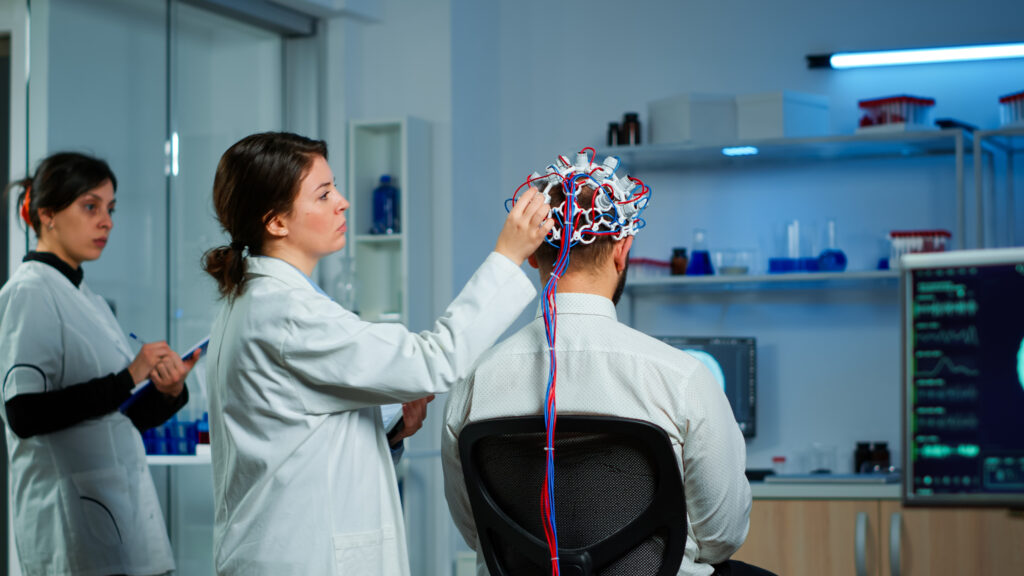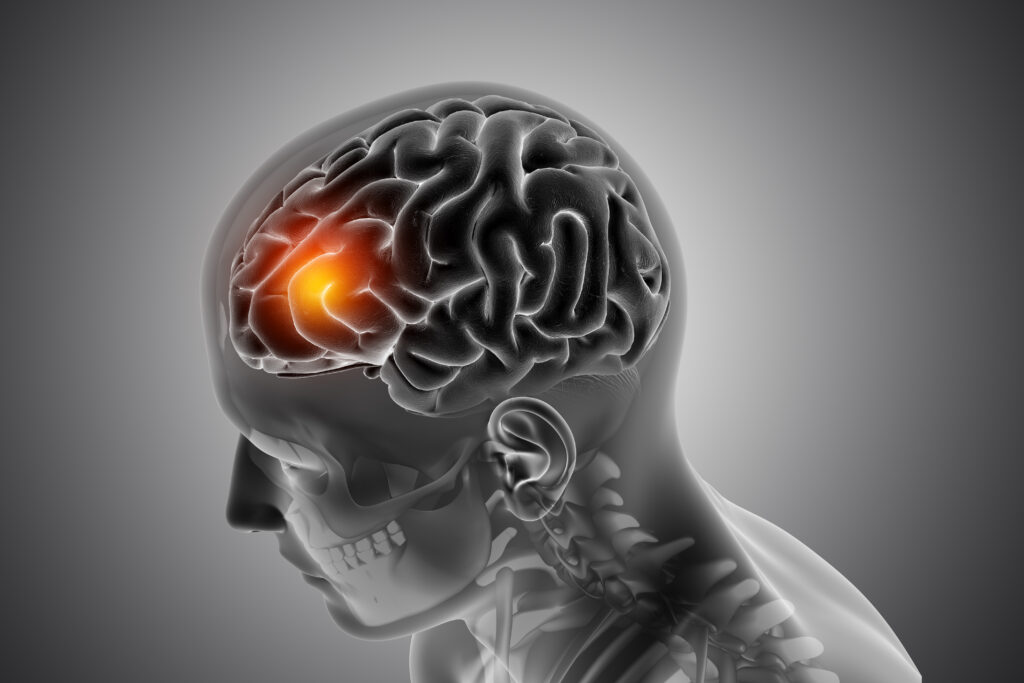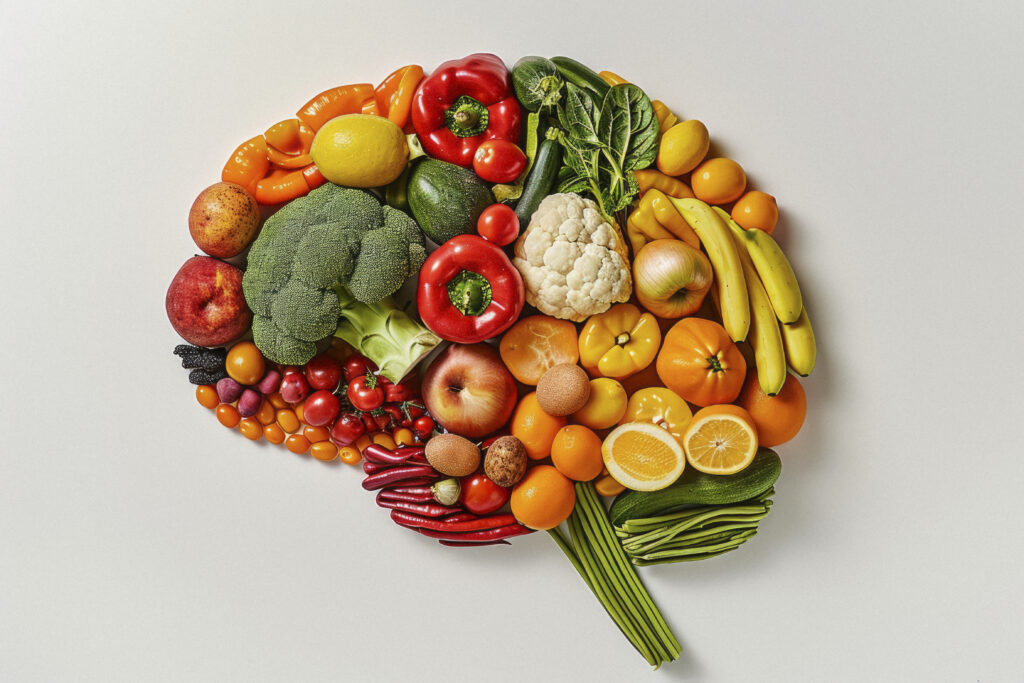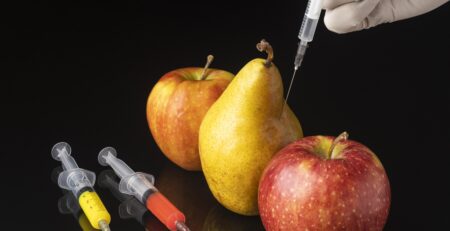Brain Aneurysms: What You Need to Know for Prevention
Let’s talk about brain aneurysms. These aren’t something you hear about every day, but they’re serious and can be life-threatening if we don’t pay attention. A brain aneurysm is a weak spot in the blood vessel in your brain, which can balloon out and eventually rupture if left unchecked. When that happens, it can lead to a hemorrhagic stroke or even death. So, awareness is everything here.

Why does this matter? Understanding the symptoms and risk factors is key to prevention. The earlier we detect it, the better our chances of getting through it safely. Whether it’s a terrible headache that feels unlike anything you’ve ever experienced or a combination of other symptoms, knowing what to look for could save your life. Prevention always starts with awareness, and from there, we make the changes needed to protect ourselves and our loved ones.
What is a Brain Aneurysm?
A brain aneurysm, also known as a cerebral aneurysm, is a weak spot in one of the blood vessels in the brain that bulges outward, forming a balloon-like shape. This bulge can put pressure on the surrounding brain tissue and, in severe cases, may burst or rupture, leading to bleeding in the brain—a potentially life-threatening situation known as a hemorrhagic stroke.
- Ruptured Aneurysm: This occurs when the weak spot in the blood vessel bursts, causing internal bleeding in the brain, which is a serious medical emergency. This rupture often leads to a hemorrhagic stroke, which can result in severe brain damage, coma, or death if not treated immediately. Symptoms include sudden, severe headaches, loss of consciousness, and neurological deficits.
- Unruptured Aneurysm: This is a bulge in the blood vessel that has not yet burst. Many unruptured aneurysms go unnoticed and may not cause symptoms unless they become large enough to press on nerves or brain tissue. However, unruptured aneurysms still carry the risk of rupture in the future, making it important to monitor them closely.
- Leaking Aneurysm: A leaking brain aneurysm is when a small amount of blood begins to escape from the aneurysm. This can be a warning sign that a full rupture is imminent. A leaking aneurysm often causes a sudden, severe headache, similar to that of a ruptured aneurysm, and should be treated as an emergency.
The root cause of these aneurysms lies in weakened blood vessels. Over time, factors like high blood pressure, smoking, and other lifestyle issues can damage the blood vessel walls, making them prone to forming these dangerous bulges. Understanding this can help us take proactive steps to maintain healthy blood vessels and potentially prevent an aneurysm from developing.
Risk Factors for Brain Aneurysms
When it comes to a brain aneurysm, understanding the risk factors is crucial for prevention and early intervention. Here are some of the primary contributors:
- Smoking: Smoking is one of the leading risk factors for aneurysms. It weakens blood vessels, making them more prone to developing those dangerous bulges that can eventually rupture. If you’ve had an aneurysm before, preventing smoking is essential to prevent future occurrences.
- Heavy Alcohol Use: Excessive alcohol consumption, especially binge drinking, is another major risk factor. The combination of alcohol and smoking can be particularly dangerous, increasing the risk of aneurysm formation and rupture.
- Recreational Drug Use: Drugs like cocaine and amphetamines can cause sharp spikes in blood pressure, significantly increasing the risk of aneurysm formation and rupture.

Additionally, certain pre-existing health conditions can contribute to the development of brain aneurysms:
- Polycystic Kidney Disease: This inherited disorder can increase the risk of aneurysms due to the presence of cysts that affect kidney function and blood vessel health. By learning the ABCs of kidney care, you can have more control over your vitals, promoting optimal organ function and recovery.
- High Blood Pressure: Uncontrolled high blood pressure places constant stress on the blood vessels, weakening them over time. This pressure can lead to aneurysms, particularly in the brain. It’s important to manage your blood pressure through lifestyle changes and, if necessary, medication.
- Inherited Connective Tissue Disorders: Conditions like Ehlers-Danlos syndrome, which affect the connective tissues in the body, can weaken blood vessels, making aneurysms more likely.
The key takeaway here is that making lifestyle changes—limiting smoking, reducing alcohol intake, managing blood pressure, and avoiding recreational drugs—can significantly reduce your risk of developing a brain aneurysm.
Recognizing the Symptoms
Recognizing the symptoms of a brain aneurysm can be life-saving. One of the most common signs of an aneurysm is a sudden, severe headache—often described as the worst headache of your life. This can occur whether the aneurysm has ruptured, is leaking, or remains unruptured. If you experience a headache that’s unlike any you’ve ever had before, it’s important to seek medical attention immediately.
Other symptoms to be aware of include nausea, vomiting, a stiff neck, and sensitivity to light. Some people may experience blurred or double vision, while others might feel a drooping eyelid or notice a seizure. In severe cases, there can be a sudden loss of consciousness or an overall sense of confusion.

The symptoms can differ depending on whether the aneurysm has ruptured or remains unruptured. A ruptured aneurysm will typically present with more intense and sudden symptoms, while an unruptured aneurysm might cause more subtle, yet persistent signs such as visual disturbances or localized pain.
If you or someone you know experiences any of these symptoms, don’t hesitate—seek medical help right away. Time is critical when dealing with aneurysms, and early intervention can make all the difference in preventing severe outcomes or even death.
The Importance of Blood Vessel Health
Our blood vessels are like the highways of our body, ensuring that oxygen, nutrients, and blood reach every cell. At the center of this system is the endothelium, a thin layer of cells that line the blood vessels. When your endothelium is strong, everything flows smoothly. But when it’s damaged, it’s like a road full of potholes—trouble starts. Over time, this can lead to bulging, weakened blood vessels, which is exactly what happens in aneurysms.
Aneurysms don’t just pop up overnight—they’re often the result of years of neglect. Smoking, high blood pressure, chronic inflammation, and poor eating habits chip away at our blood vessel health. But the good news? You can protect your blood vessels. Eating foods rich in antioxidants and flavonoids like berries, leafy greens, and dark chocolate helps nourish your blood vessels. Exercise keeps your blood flowing, and avoiding smoking and excessive drinking will do wonders for your vascular system. And don’t forget the importance of sleep and stress management. Healthy blood vessels are key to not just preventing aneurysms but also to overall well-being. Take care of them, and they’ll take care of you.
Preventing Aneurysms Through Lifestyle Changes
Preventing aneurysms comes down to the choices we make every day. It’s about the way we live our lives.
- Reduce Substance Consumption: If you’re smoking, one of the best decisions you could make is to reduce your consumption and gradually cease using them altogether. Why? Smoking damages your blood vessels over time, weakening them and making them more vulnerable to aneurysms. The same goes for heavy drinking—cutting down or stopping altogether will make a big difference to your blood vessel health.

- Manage Blood Pressure: Then there’s high blood pressure. You can’t ignore it. High blood pressure puts extra strain on your blood vessels, and that constant pressure can lead to aneurysms. So, start managing it today through lifestyle changes and work with your doctor if you need medication. Every little change helps.
- Deep Cellular Nutrition: Now, let’s talk about food. What you eat is powerful. Adding foods like spinach, beetroot, garlic, and even dark chocolate can help because these are natural vasodilators—they help your blood vessels relax and improve blood flow. And don’t forget anti-inflammatory foods like fatty fish, turmeric, and berries. These will keep your blood vessels in good shape by reducing inflammation.
- Quality Sleep: Don’t underestimate the importance of sleep and stress management either. Chronic stress and not getting enough rest can take a toll on your blood vessels.
Here’s a simple but often overlooked tip: add magnesium to your diet. Magnesium is crucial for keeping your blood vessels flexible and strong. You can find it in leafy greens, nuts, seeds, and even dark chocolate.
At the end of the day, these are small but powerful steps you can take to protect yourself—not just from aneurysms but to feel better overall. It’s about looking after your body and giving it what it needs to function at its best.
The Power of Magnesium
Magnesium is one of those minerals that your body loves for so many reasons. Think of it as a natural relaxant—a trace mineral that your muscles, nerves, and even your blood vessels need to stay flexible and calm. It’s also your go-to for stress relief, better sleep, heart health, and more.

So, where can you get your magnesium from? You’ve got some simple, everyday foods that pack a punch:
- Leafy Greens: Spinach, kale, and Swiss chard are loaded with magnesium.
- Nuts and Seeds: Think almonds, cashews, pumpkin seeds, chia seeds—simple snacks that do wonders for your body.
- Whole Grains: Brown rice, quinoa, and oats. Whole grains bring in the fiber too, so you get double the benefit.
- Legumes: Black beans, lentils, chickpeas—these humble foods are magnesium-rich and great for your gut.
- Dark Chocolate: Yes, you heard that right. Good quality dark chocolate (70% and above) is a delicious source of magnesium.
- Avocados: Not just a healthy fat, but also a good source of magnesium.
- Bananas: Often known for potassium, bananas carry magnesium too.
- Fatty Fish: Salmon, mackerel, and halibut bring in both magnesium and omega-3s.
Why Is Magnesium So Important?
- Stress Relief: Magnesium helps calm your nervous system. It regulates neurotransmitters like serotonin, which affect your mood. Higher magnesium levels can help keep you more relaxed, making it easier to deal with everyday stress.
- Better Sleep: If you’re struggling with sleep, magnesium can be a game-changer. It helps regulate GABA, a neurotransmitter that promotes relaxation and helps you drift off into deeper sleep. Without enough magnesium, sleep might become a challenge.
- Heart Health: Magnesium plays a crucial role in keeping your heart rhythm steady. It helps prevent blood vessels from hardening and keeps your blood pressure in check. So, if you’ve got heart health on your mind, make sure you’re getting enough magnesium in your diet.
Getting enough magnesium through these foods, while managing stress and improving sleep, will support your body in many powerful ways. Start adding these to your meals, and let your body thank you!
Final Word
When it comes to brain aneurysms, prevention and early detection are key. By being aware of the risk factors and making important lifestyle changes, you can protect yourself and your loved ones. Focus on keeping your blood vessels healthy, limiting smoking, managing stress, and eating the right foods that support your vascular health.
Remember, your body has the intelligence to heal and regenerate when given the right environment. So, take charge of your health today, listen to your body’s signals, and act before it’s too late. Stay informed, stay proactive, and let your lifestyle be your medicine over and above your medical treatment.
Ready to lead a more healthy and fulfilling life?
Start small, with one manageable change today.
Join our Preventive Care Programs here.
Need to get in touch with our Holistic Health Counselors?
Set up a one-on-one consultation with our integrative team by reaching out to us at
1800 102 0253 or write to us at consults@lukecoutinho.com.
Disclaimer: Always make an informed choice. Keep your healthcare provider in the loop before trying anything new, especially if you are going through a medical condition or are on medications.
|
From a pimple to cancer, our You Care Wellness Program helps you find a way Talk to our integrative team of experts today 18001020253 |










Leave a Reply